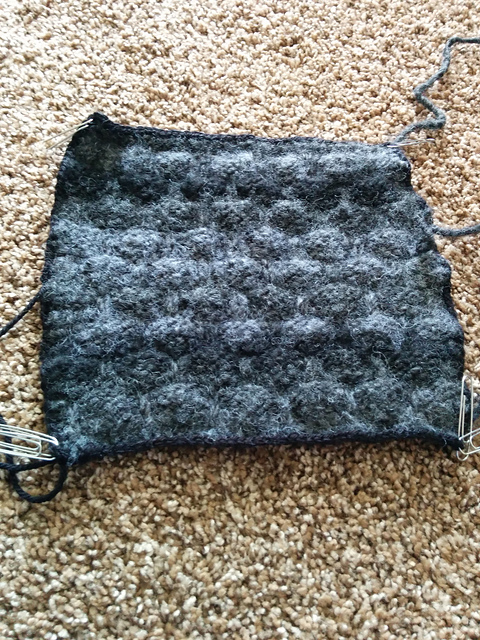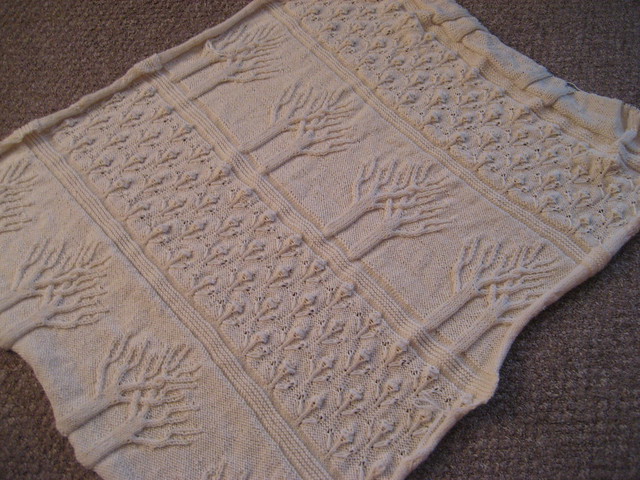We do this reunion every year. It's at the same place, a condo owned by my great aunt, and we do the same things, and it's a gift of re-connection for a family of 30 spread across the continent.
Except this is the last year. Great Aunt Betty, who never could walk well, passed a year ago, so there's little incentive to keep the site near her, and Great Aunt Ginny, who owns the condo, has moved and is selling in November. So this is it.
 I started having dreams about this trip a few months back. At the time, I wasn't sure if I was going to be able to make it. In my dreams, I saw myself near the end of the twelve hour car trip, rolling down the windows to finally smell the Chesapeake Bay. I saw myself walking into the condo, running to the room with the two double beds, and picking out the one next to the mirrored closet doors, just like I did when I was four. I could smell the salt water caked irrevocably into the walls of the bathroom and the Ol' Bay permeating from the kitchen. I felt the breeze waft across my burned face and arms as I sat on the balcony and listened to the roaring surf, hoping to catch a glimpse of the occasional pod of porpoises.
I started having dreams about this trip a few months back. At the time, I wasn't sure if I was going to be able to make it. In my dreams, I saw myself near the end of the twelve hour car trip, rolling down the windows to finally smell the Chesapeake Bay. I saw myself walking into the condo, running to the room with the two double beds, and picking out the one next to the mirrored closet doors, just like I did when I was four. I could smell the salt water caked irrevocably into the walls of the bathroom and the Ol' Bay permeating from the kitchen. I felt the breeze waft across my burned face and arms as I sat on the balcony and listened to the roaring surf, hoping to catch a glimpse of the occasional pod of porpoises.When I found out I could go, I think I went a little overboard in the preparation.
Ergo this travel documents folder. I made it for passports, tickets, and taxi vouchers, so that they don't all get lost on the way over. I've traditionally just used a binder, but this is much more convenient, and when I saw the pattern on Pinterest, I couldn't resist.
I changed a few things from the pattern. Namely, I used iron-on interfacing for the back piece (of fabric A) and giving the final seam a half-inch allowance, both of which I would change if I did it again. I would put the interfacing on Fabric C so that the outside didn't get as wrinkly, and I wouldn't do quite a half an inch of seam allowance, because I ended up, just barely, not being able to fit a letter size piece of paper in the inside pockets.
I'm heading out with this today! What do you think?













































